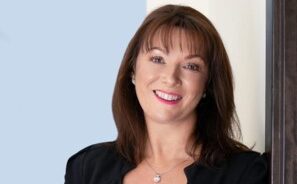HM Revenue & Customs offered 438 individuals suspected of tax fraud the opportunity to enter into a contractual disclosure facility (CDF) during financial year 2018/19.
In cases where a criminal investigation is not started, the taxman may pursue civil action and investigate using its Code of Practice 9 (COP9).
This gives a taxpayer the opportunity to make a “complete and accurate disclosure of all their deliberate and non-deliberate conduct that has led to irregularities in their tax affairs”.
This is done via the CDF.
But HMRC reserves the right to commence a criminal investigation if the taxpayer fails to make a full disclosure.
Facility fluctuations
Of the 438 CDFs entered into last year, 148 were done so by the taxpayer voluntarily coming forward, according to a freedom of information request (FOI) made by newspaper The Telegraph and seen by International Adviser.
The Telegraph reported that HMRC raked in £95m ($125m, €112.6m) from all CDFs during 2018/19, up from £91m the previous year.
No figures were provided in the FOI and International Adviser was unable to verify this information.
There have been fluctuations in the use of the facility since it was introduced in April 2016.
- 2016/17 – 549 CDFs (of which 197 were voluntary)
- 2017/18 – 486 CDFs (of which 201 were voluntary)
- 2018/19 – 438 CDFs (of which 148 were voluntary)
HMRC explained to International Adviser that the facility is only suitable for individuals willing to admit tax fraud and not for those who want to tell the taxman about errors, mistakes or avoidance schemes where there is no fraud.
Additionally, it said that there is no direct correlation between the number of cases and yield recorded, as cases are not always opened and closed in the same tax year.




